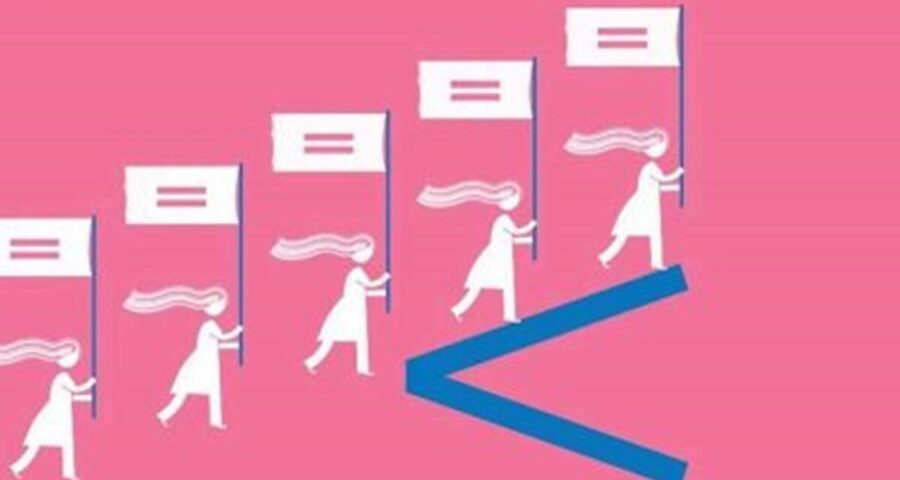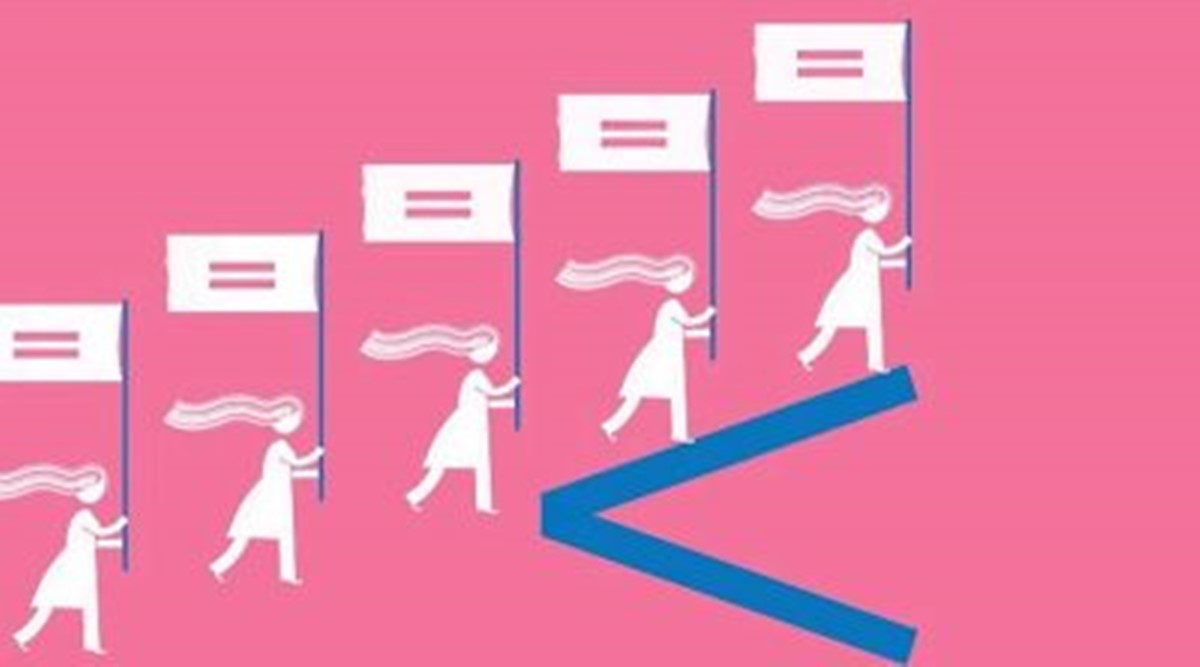Government programmes to expand space for women in entrepreneurship should be backed by all stakeholders.
Written by Aparajita Sarangi
The year 2020 is believed to have washed away years of significant progress made by governments worldwide in terms of women’s economic and social empowerment. While the Indian government left no stone unturned in overhauling the economy and providing the much-needed impetus to MSMEs, we read stories of both the resilience and the struggle of women entrepreneurs wading through a sea of problems and yet refusing to give up. Therefore, it is our social and moral obligation to facilitate an enabling environment for women desirous of entering the workforce by rendering them equal opportunities and opening up new avenues for them to thrive.
Despite India’s general progress in terms of the number of women entrepreneurs in the country, there still remains a considerable gender gap that needs to be closed. Currently, women only account for 13.56 per cent in the entrepreneurial space and have a significantly disproportionate presence in the labour force. Though the government has been making continuous efforts to empower women in India, they continue to be, by and large, hobbled by disempowerment, financial dependency and inequalities. As per the India SDG Index, India has secured a score of 42 on a scale of 100 on the indicator of “Gender Equality”. The figures from the latest Periodic Labour Force Survey also lay bare the vast gender inequality: An abysmal 19.7 per cent rural women and 16.1 per cent of women in urban areas were found to be in the labour force. To plug these gaps and work towards an inclusive society, every stakeholder has to do more.
While breaching traditional barriers, women in today’s India are raring to leave their mark in varied sectors and make an impact in diverse set-ups. This has been well-supported and facilitated by various government policies and initiatives. Innovations and government schemes like Pradhan Mantri MUDRA Yojana, Mahila Shakti Kendra, Mahila e-Haat and TREAD have resulted in an increasing number of women venturing into entrepreneurship and breaking financial and social barriers. There should not be any let-up in such efforts.
The relationship between women’s empowerment and economic development is bidirectional: while development itself could bring down inequality, achieving gender equality is a prerequisite to achieving the other Millennium Development Goals including eliminating poverty and achieving overall development.
Eliminating gender barriers and empowering women to be financially independent will not only have a profound bearing on the health, education and overall well-being of women but will also lead to improvement in these areas for their children. Financial incapacity and allied stress have been found to have a negative influence on the ability of a person to parent effectively. This may be further exacerbated in cases where mothers have to battle with a society where the marginalisation of women is rampant.
The key factor that makes women’s entrepreneurship an imperative investment for a government is the outcome it bears in addition to the tangible outcomes of the enterprises themselves. The success of these women entrepreneurs could motivate other women to participate in the entrepreneurial space. They, in turn, could provide employment to other women in their community, and the nation. These small strides come together to contribute towards a larger goal of economic development — increasing access to livelihood, working towards eliminating poverty and propelling economic growth.
Large-scale targeted campaigns like StreeShakti, Raising Her To Lead, and the most recent UdyamStree campaign have a decisive role in shaping the future narrative. Programmes such as these require our collective support.
The writer is BJP Lok Sabha MP from Bhubaneswar
Source: Read Full Article


